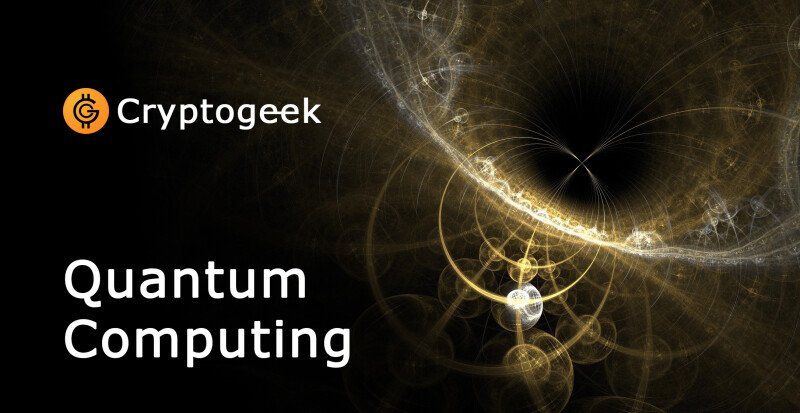Using Quantum Entanglement to Advance Computing


Researchers generate entangled particles by letting a parent particle with spin zero decay into two daughter particles with opposite spin. Before the particles are measured, they exist in a superposition of "spin up" and "spin down."
Quantum Computing
A quantum computer uses qubits as its basic unit of information, as opposed to the bits that power conventional computers. Qubits can be both one and zero at the same time, allowing them to perform massively more calculations than a traditional computer.
The ability to process more data with greater speed and accuracy is another big benefit. Optimal route planning systems for shipping, logistics, and transportation are among the biggest applications of quantum computing.
Quantum encryption is also a growing area for this technology, which provides better protection than traditional algorithms against hackers who try to intercept encrypted messages and decipher them at a later date.
Quantum Networking
Quantum networks allow multiple quantum computers to communicate with each other, enabling a massive increase in computing power. Quantum AI also offer a number of potential applications for communications, including encryption and secure deep-space communication.
For example, researchers at NIST have used entangled photons to send information between distant locations. The first step was to entangle two electrons in different systems—one in an atom inside Alice’s synthetic diamond, the other in a carbon nucleus in Bob’s. The scientists then sent the pair of electrons down a line of quantum repeaters. Each quantum repeater entangled the photon with one of its own entangled pairs.
As the entangled photons passed along, changes to one qubit caused corresponding changes in the other. However, extending such a network is still a challenge due to fiber attenuation and the no-cloning theorem. Researchers are working on ways to avoid these limitations.
Quantum Communication
For quantum computing to work, it must be able to transmit information over long distances. This is why scientists have been developing quantum communication technologies to advance computing.
Entangled pairs of qubits can be manipulated to communicate information even over long distances. For example, if a researcher sends one of the particles in an entangled pair to another location and measures its spin direction, they will find that the other particle's spin is instantly affected. This is known as "spooky action at a distance."
Quantum Storage
Unlike a classical bit, which can only be either a zero or a one, quantum bits (qubits) can store both values at the same time. This allows them to perform operations much more quickly than conventional computers, whose power grows only linearly with the number of bits added.
This ability is at the heart of what makes quantum computing so powerful and useful for solving difficult problems such as factoring very large numbers or breaking encryption algorithms used by ransomware hackers to encrypt data. Moreover, using entangled qubits to store data enables secure, encrypted communication that’s impervious to attacks on the system.
Scientists have a number of ways to store quantum information, including solid-state quantum memory and photonic quantum storage. Hybrid systems are also emerging that combine different types of quantum memories to overcome their limitations—for example, by using solid-state memory to protect data from noise and interference while photonic quantum memory offers extended coherence times and improved reliability.

인기 튜토리얼
-
Что такое хард-форк?Jul 27, 2020
-
Стейкинг на Ethereum 2.0 и его основные особенностиAug 01, 2020
-
Инновации на основе блокчейна в сфере энергетикиAug 03, 2020






땟글이 없습니다. 첫 땟글 쓰십시오!